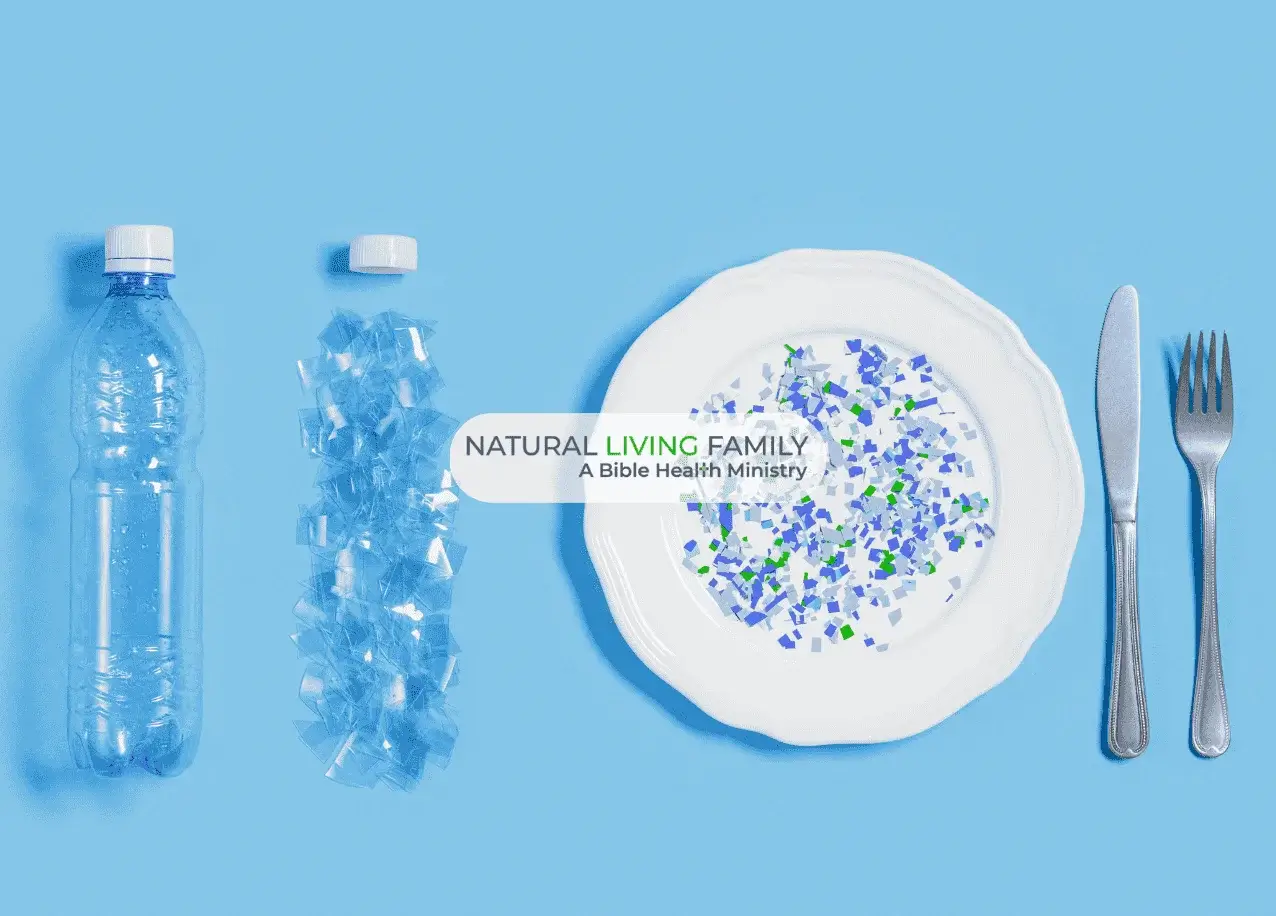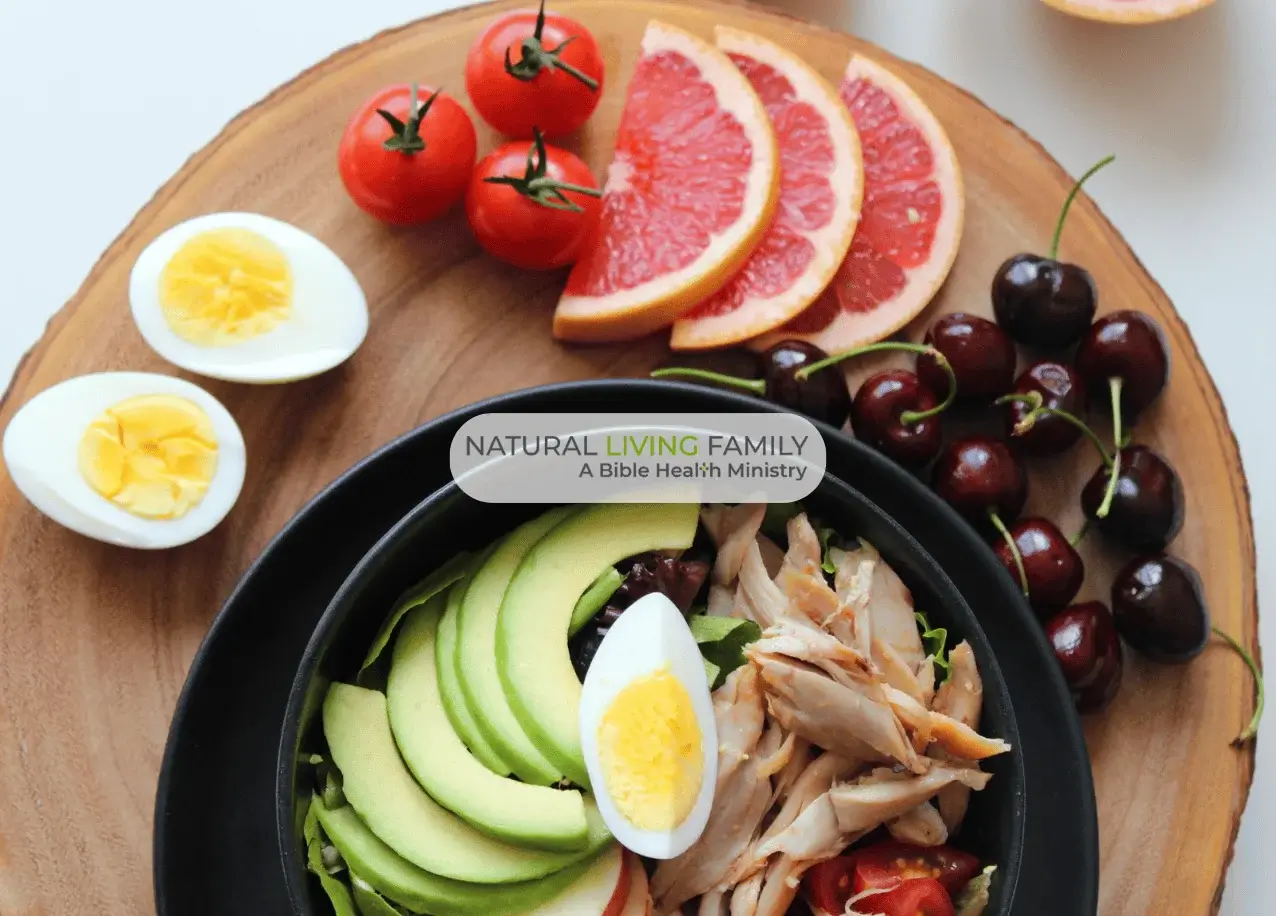The connection between chia seeds and diabetes highlights just how possible type 2 diabetes can be prevented naturally. Regular moderate exercise, weight management, stress reduction and proper nutrition are key.
Table of Contents
Diabetes Dangers
Death is one of the biggest concerns most people face today. But when it comes to dying, most people think of cancer or some sort of terrible accident. However, the most rapidly growing and overtly dangerous disease facing people today is not cancer. It’s not heart disease. It’s not stroke. It’s not dementia.
It is type 2 diabetes.
Type 2 diabetes directly affects hundreds of millions of people around the world and is a gateway to a plethora of health concerns, including:
- Complications of pregnancy
- High blood pressure
- Blindness
- Amputations
- Depression
- Decreased libido
- Erectile dysfunction
- Hearing loss
- Seizures
- Stroke
- Skin infection
- Kidney disease (nephropathy)
- Nerve damage (diabetic neuropathy)
- Non-alcoholic fatty liver disease
- And more …
Nevertheless, on the bright side, type 2 diabetes is easily treatable and largely avoidable with some simple lifestyle changes, including a diet rich in superfoods, such as Chia seeds. That’s right: Cha-cha-cha-chia!
An Upward Trend of Diabetes
Type 2 diabetes has become much more commonplace over the last two decades, increasing the overall dangers of the disease. In fact, a report from the Centers for Disease Control and Prevention (CDC) says:
- In 2010, diabetes was the seventh leading cause of death in the U.S.
- Native Americans are at a higher risk, followed by non-Hispanic blacks, Hispanics, Asian Americans and non-Hispanic whites.
- 3 percent of the U.S. population (29.1 million people) have been diagnosed with diabetes.
- Nearly one-third of all people with diabetes are undiagnosed.
- It is estimated that nearly 90 million Americans are pre-diabetic.
- Nearly 208,000 youth under age 20 have diabetes; both type 1 and type 2.
- More than 85 percent of diabetics require insulin or oral medications.
Now, here’s the really scary part: The CDC predicts that these alarming numbers will triple by 2050. (1) Just over 30 years from now, one-third of U.S. adults will have diabetes.
Chia Seeds and Type 2 Diabetes
Here’s the sad truth. This epidemic could have been and still can be prevented. For instance, eating a handful of chia seeds (Silva hispanica) on a daily basis is a great first step to warding off diabetes.
Researchers at University of Litoral (2) in Argentina, looking to help prevent metabolic disorders, such as insulin resistance and dyslipidemia, targeted chia seeds due to their rich alpha-linolenic and fiber makeup. I found this research regarding chia seeds and diabetes particularly fascinating because two side-by-side studies came to similar conclusions. Published in the British Journal of Nutrition, the scientists: (3)
- In study number one, looked at the response when healthy Wistar rats had three weeks of a sucrose-rich diet (SRD). During this experiment, chia seeds represented the primary source of dietary fats.
- In study number two, examined the response of healthy rats on a similar SRD diet for three months without chia. This ensured the rats developed dyslipidemia and insulin resistance. Those rats were then fed an SRD diet with chia seeds for two months.
The results will blow your mind:
- Study number one found that feeding the rats chia seeds completely blocked the development of dyslipidemia and insulin resistance. Shockingly, the blood sugar levels in these rats stayed the same despite a diet consisting of 65 percent sugar.
- Study number two found that once the diabetic rats were fed chia seeds along with the SRD diet, they recovered from the condition within the two-month period. An added benefit was that by adding chia seeds, visceral adipose tissue was also reduced.
Nutritional Makeup of Chia Seeds
The number one reason chia seeds are so effective on dyslipidemia and lipid resistance is due to its nutritional makeup. For instance, one ounce (28 grams) of chia seeds contain the following: (4)
- Zinc (1.0 mg – 7% RDV)
- Potassium (44.8 mg – 1% RDV)
- Copper (0.1 mg – 3% RDV)
- Omega-6 fatty acids (1620 mg)
- Calcium (77 mg – 18% RDV)
- Omega-3 fatty acids (4915 mg)
- Phosphorus (265 mg – 27% RDV)
- Protein (4.4g – 9% RDV)
- Dietary fiber (11g – 42% recommended daily value)
3 Additional Chia Seed Benefits
With such a robust nutritional profile, researchers have found that eating chia on a regular basis can resolve numerous conditions beyond just type 2 diabetes and cholesterol issues. It’s a bioactive food with an incredible number of health benefits.
1. Heart Health
Chia’s unique ability to lower blood pressure, reverse inflammation and regulate cholesterol is what makes it perfect for improving heart health. (5) Chia also reverses oxidative stress, which means your odds of developing atherosclerosis is reduced when consuming chia on a regular basis.
2. Skin
Recently, studies have found that the phenolic concentration of chia seeds is nearly twice as much as previously reported and up to 70 percent of free radical movement was halted by antioxidants (6) This proves that chia seeds provide a wealth of antioxidants, which can stop premature aging caused by free radical inflammation.
3. Gut Health & Weight Loss
Thanks to its high dietary fiber content, chia can help promote gut health and ensure bowel regularity. The excess of fiber content also helps us feel full quicker since it absorbs water and expands in our stomachs. (7) This could explain why scientific research has confirmed that chia curbs hunger and suppresses the appetite, which in return promotes weight loss. (8)
To sum it up, an article in the journal Reviews on Recent Clinical Trials said:
“The available human and non-human studies show possible effectiveness for allergies, angina, athletic performance enhancement, cancer, coronary heart disease (CHD), heart attack, hormonal/endocrine disorders, hyperlipidemia, hypertension, stroke, and vasodilatation. Some evidence also suggests possible anticoagulant, antioxidant, and antiviral effects of Salvia hispanica.”
How to Consume Chia Seeds
Since research suggests that there’s a relationship between chia seeds and type 2 diabetes, we need to find ways to include them in our diet so we can get those chia seed benefits. Chia is an excellent garnish on most dishes or it can be added to smoothies and shakes. In fact, we use them as a main ingredient in our healthy snack bites.
Chia seeds can also be eaten directly, however, chewing small seeds like flax or chia generally does not make the omega-3’s and other nutrients readily available for digestion and assimilation. Have you ever noticed that when you eat seeds, more times than not, they appear undigested in your stool? For this reason, it’s important to grind the seeds before eating them to ensure you get the full nutritional value.
Chia, once ground down, makes an excellent addition to healthy recipes such as pastas, breads, and even pancakes. However, once a seed rich in omega-3s is ground, its shelf life is considerably reduced. In order to avoid the seeds spoiling, they should be stored in a sealed glass container and refrigerated or frozen.
For more diabetes care, see some of our favorite essential oils for diabetes too!
References:
- https://www.cdc.gov/media/pressrel/2010/r101022.html
- https://www.unl.edu.ar/
- https://pubmed.ncbi.nlm.nih.gov/18492301/
- https://nutritiondata.self.com/facts/nut-and-seed-products/3061/2
- https://www.researchgate.net/publication/244933785_Role_of_oxidative_stress_in_osteoporosis
- https://pubmed.ncbi.nlm.nih.gov/24811150/
- https://www.hindawi.com/journals/ijfs/2014/241053/
- https://www.nature.com/articles/ejcn2016148











